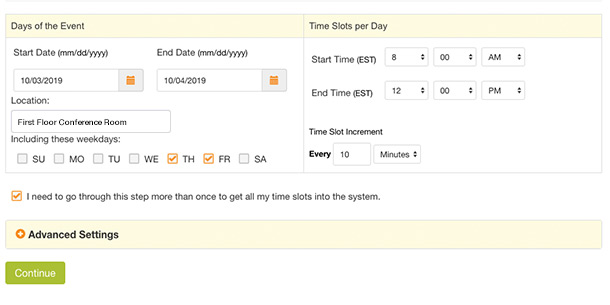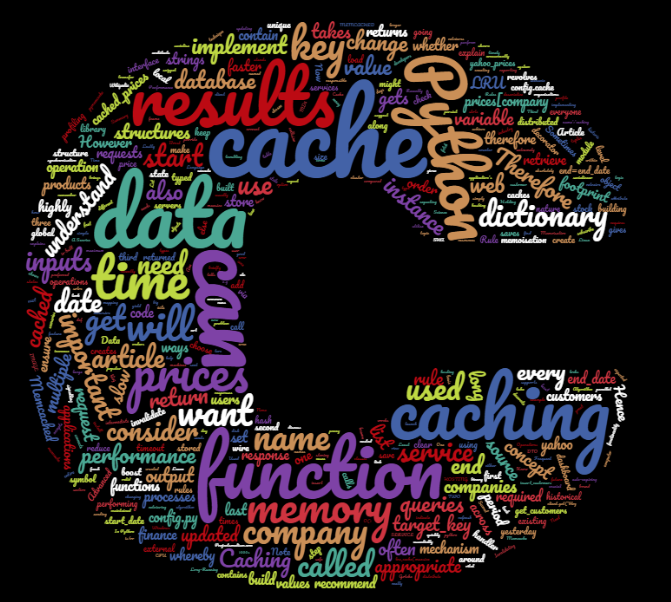Python Slots Vs Data Class
Python Classes/Objects
Python is an object oriented programming language.

Almost everything in Python is an object, with its properties and methods.
Data classes are just regular classes that are geared towards storing state, more than contain a lot of logic. Every time you create a class that mostly consists of attributes you made a data class.
- Python Objects and Classes. Python is an object oriented programming language. Unlike procedure oriented programming, where the main emphasis is on functions, object oriented programming stresses on objects. An object is simply a collection of data (variables) and methods (functions) that act on those data.
- 使用slots 但是,如果我们想要限制class的属性怎么办?比如,只允许对Student实例添加name和age属性。 为了达到限制的目的,Python允许在定义class的时候,定义一个特殊的slots变量,来限制该class能添加的属性: class Student(object).
A Class is like an object constructor, or a 'blueprint' for creating objects.
Create a Class
To create a class, use the keyword class:
Example
Create a class named MyClass, with a property named x:
Try it Yourself »Create Object
Now we can use the class named MyClass to create objects:

Example
Create an object named p1, and print the value of x:
Try it Yourself »The __init__() Function
The examples above are classes and objects in their simplest form, and are not really useful in real life applications.
To understand the meaning of classes we have to understand the built-in __init__() function.
All classes have a function called __init__(), which is always executed when the class is being initiated.
Use the __init__() function to assign values to object properties, or other operations that are necessary to do when the object is being created:
Example
Create a class named Person, use the __init__() function to assign values for name and age:
def __init__(self, name, age):
self.name = name
self.age = age
p1 = Person('John', 36)
print(p1.name)
print(p1.age)
Note: The __init__() function is called automatically every time the class is being used to create a new object.
Object Methods
Objects can also contain methods. Methods in objects are functions that belong to the object.
Let us create a method in the Person class:
Example
Insert a function that prints a greeting, and execute it on the p1 object:
def __init__(self, name, age):
self.name = name
self.age = age
def myfunc(self):
print('Hello my name is ' + self.name)
p1 = Person('John', 36)
p1.myfunc()

Note: The self parameter is a reference to the current instance of the class, and is used to access variables that belong to the class.
The self Parameter
The self parameter is a reference to the current instance of the class, and is used to access variables that belongs to the class.
It does not have to be named self , you can call it whatever you like, but it has to be the first parameter of any function in the class:
Example
Use the words mysillyobject and abc instead of self:
def __init__(mysillyobject, name, age):
mysillyobject.name = name
mysillyobject.age = age
def myfunc(abc):
print('Hello my name is ' + abc.name)
p1 = Person('John', 36)
p1.myfunc()
Modify Object Properties
You can modify properties on objects like this:
Example
Set the age of p1 to 40:
Try it Yourself »Delete Object Properties
You can delete properties on objects by using the del keyword:
Example
Delete the age property from the p1 object:
Try it Yourself »Delete Objects
You can delete objects by using the del keyword:
Example
Delete the p1 object:
Try it Yourself »The pass Statement
class definitions cannot be empty, but if you for some reason have a class definition with no content, put in the pass statement to avoid getting an error.
Example
Try it Yourself »In Python every class can have instance attributes. By default Pythonuses a dict to store an object’s instance attributes. This is reallyhelpful as it allows setting arbitrary new attributes at runtime.
Python Class Data Type
However, for small classes with known attributes it might be abottleneck. The dict wastes a lot of RAM. Python can’t just allocatea static amount of memory at object creation to store all theattributes. Therefore it sucks a lot of RAM if you create a lot ofobjects (I am talking in thousands and millions). Still there is a wayto circumvent this issue. It involves the usage of __slots__ totell Python not to use a dict, and only allocate space for a fixed setof attributes. Here is an example with and without __slots__:
Without__slots__:
With__slots__:
The second piece of code will reduce the burden on your RAM. Some peoplehave seen almost 40 to 50% reduction in RAM usage by using thistechnique.
On a sidenote, you might want to give PyPy a try. It does all of theseoptimizations by default.
Python Slots Vs Data Classic
Below you can see an example showing exact memory usage with and without __slots__ done in IPython thanks to https://github.com/ianozsvald/ipython_memory_usage